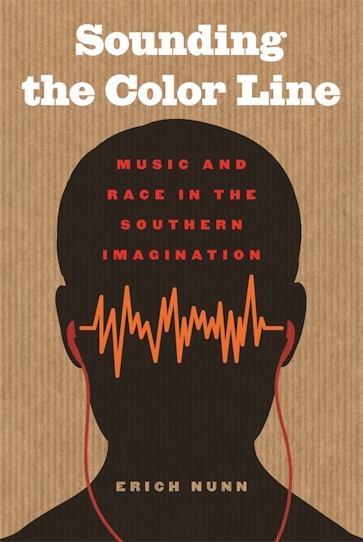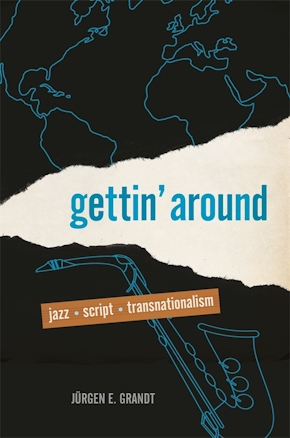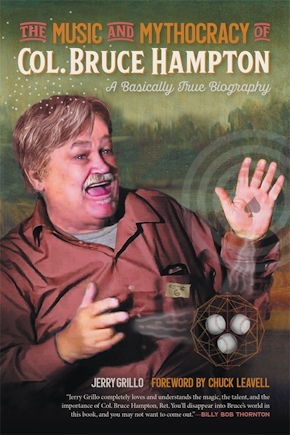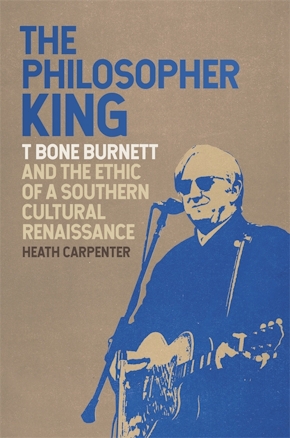Sounding the Color Line
Music and Race in the Southern Imagination
Title Details
Pages: 224
Illustrations: 10 b&w images
Trim size: 6.000in x 9.000in
Formats
Paperback
Pub Date: 06/01/2015
ISBN: 9-780-8203-4737-0
List Price: $29.95
Hardcover
Pub Date: 06/01/2015
ISBN: 9-780-8203-4736-3
List Price: $120.95
eBook
Pub Date: 06/01/2015
ISBN: 9-780-8203-4835-3
List Price: $29.95
Related Subjects
Sounding the Color Line
Music and Race in the Southern Imagination
Gauging segregation’s impact on understandings of twentieth-century American music and culture
Skip to
- Description
- Reviews
- Awards
Sounding the Color Line explores how competing understandings of the U.S. South in the first decades of the twentieth century have led us to experience musical forms, sounds, and genres in racialized contexts. Yet, though we may speak of white or black music, rock or rap, sounds constantly leak through such barriers. A critical disjuncture exists, then, between actual interracial musical and cultural forms on the one hand and racialized structures of feeling on the other. This is nowhere more apparent than in the South.
Like Jim Crow segregation, the separation of musical forms along racial lines has required enormous energy to maintain. How, asks Nunn, did the protocols structuring listeners’ racial associations arise? How have they evolved and been maintained in the face of repeated transgressions of the musical color line? Considering the South as the imagined ground where conflicts of racial and national identities are staged, this book looks at developing ideas concerning folk song and racial and cultural nationalism alongside the competing and sometimes contradictory workings of an emerging culture industry. Drawing on a diverse archive of musical recordings, critical artifacts, and literary texts, Nunn reveals how the musical color line has not only been established and maintained but also repeatedly crossed, fractured, and reformed. This push and pull—between segregationist cultural logics and music’s disrespect of racially defined boundaries—is an animating force in twentieth-century American popular culture.
—Barbara Ching, author of Wrong's What I Do Best: Hard Country Music and Contemporary Culture
—D. Arnold, Choice
—Michael T. Bertrand, The Journal of American History
Winner
Certificate of Merit for Best Historical Research, Association for Recorded Sound Collections



